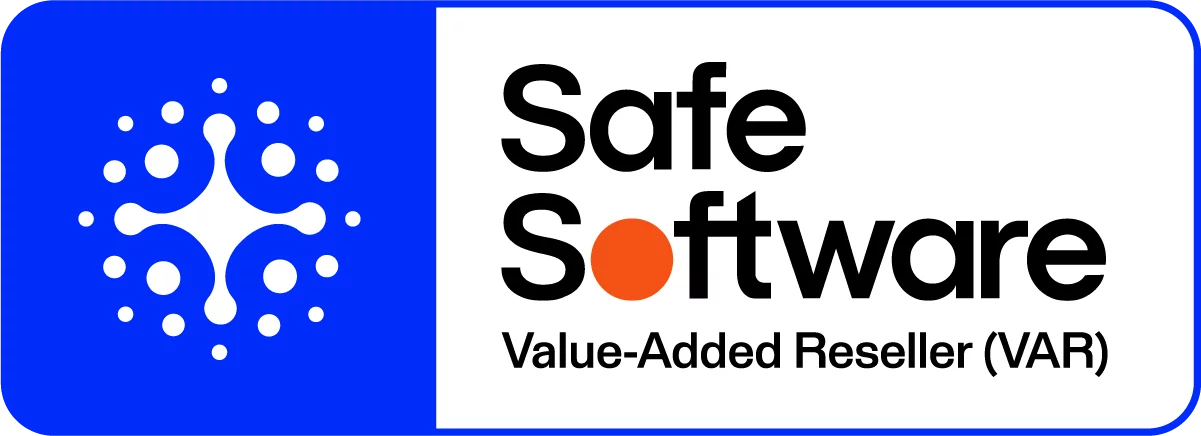IT System Integration: How to Build an Effective Digital Transformation Strategy
There’s no doubt about it, the role of IT has […]
There’s no doubt about it, the role of IT has changed. Once the department was a part of the back office, keeping network infrastructure running and troubleshooting technical issues. Now it is the ultimate business enabler. With almost all aspects of a modern organisation undergoing a digital transformation, IT is responsible for co-designing and collaborating solutions so that stakeholders can be more efficient and able to access the information they need when they want it and where they need it.
Lift the bonnet of an organisation today and you’ll be met with a seemingly endless array of digital systems, processes, tools and technologies. It’s the job of CIOs, system architects and other IT leaders to get these disparate elements working together in harmony, forming an engine that will drive the business forward.
The challenges for the IT department are two-fold:
-
- Simplifying the user’s digital experience: the IT team is now a member of the selection committee rather than the ultimate decision maker as individual departments co-design solutions with their IT counterparts. Stakeholders both technical and non-technical will drive their version of success.
- Managing administration complexity: As the user experience gets simpler, the unseen backend gets more complex. The information technology team is busier than ever managing a growing number of apps, deployed across on-premises and cloud infrastructure while juggling high-stake security considerations and internal governance protocols. One study found that the average company uses over 250 different applications.
For the modern organisation, success depends on unlocking new opportunities and gaining efficiencies with technology. This means having a razor-shape focus on your objectives and harnessing this explosion of systems, applications and data to enable your people and processes. Do it poorly and you’ll soon fall behind your competitors or end up with dissatisfied stakeholders. Do it well, and you form a foundation upon which an adaptable, innovative and evolving organisation can be built.
How do you do it well? Through digital transformation, and more specifically, powered by enterprise integration. But before we dive into the latter, we must first understand the former.
What is a digital transformation strategy?
A digital transformation strategy is a detailed plan of action for how an organisation can utilise technology to improve all aspects of the organisation, mitigate risks, and adhere to or be opportunistic when it comes to an evolving environment. New legislation, the evolution of the digital economy, advancements in both hardware and software, and new market entrants or acquisitions or mergers can all play into what the strategy needs to be to best weather or thrive in the years to come. The digital transformation strategy understands the way people operate, interact and share information with their employees, customers, the general public and leaders.
Research underpins the framework for this strategy and the resulting plan highlights where you want your organisation to be in three to five years’ time and how the IT team will enable you to get there.
It allows your organisation to change the way it operates, improve efficiencies of scale, become more transparent, innovate and leverage emerging technology.
The beauty of digital technologies is that they offer endless opportunities. But for many businesses, charities and government bodies, this can become a case of ‘too much of a good thing’. It can be hard to know where to focus your energies or even where to start.
That’s where a digital transformation strategy comes in.
How to develop a digital transformation strategy
A digital transformation strategy is a plan that coordinates and drives digital change within an organisation. These plans are as unique as the organisations that develop and use them, though there are a few elements that every good digital transformation strategy will feature.
Goals
Why are you looking to undertake a digital transformation? Most organisations considering digital transformation will have a loose idea of where they hope to go and what they hope to achieve. Work to clarify this end goal: think months and three to five years into the future and imagine what your organisation looks like and feels like – your organisation’s ideal state of digital affairs. Work to make this vision tangible, as a clear picture will be key in securing buy-in from a team who will want to know why they’re putting in the work.
A broad plan to achieve those goals
Now that you have a clear idea of where you want to go, how long do you expect this transformation to take? This will depend on your goals and the intensity with which you plan to work. Prioritise each element of your digital transformation and develop a plan that methodically addresses each. Remember that the point of digital transformation is to make deep and meaningful change to your organisation, so you’ll need a plan to account for the disruption change may cause.
Specific activities that will drive the plan forward
Having identified and prioritised the elements of your digital transformation, and having created a plan of attack, identify the specific activities that will turn your plan into reality, such as:
- Technology implementation, integration and ongoing management.
- Any organisational restructuring that might be required.
- Preparing for a culture of change and adoption of new ways of working
- Starting small but strategic – breaking the plan into bitesize milestones
- The development of new and improved standard operating procedures and processes and controls
- Security and risk management framework
- Partners and subject matter experts to support you along the journey
Key milestones on the journey
There will be a number of key milestones on your journey to digital transformation, such as when a solution is integrated or a new process becomes fully operational. These moments are an opportunity to check your progress and adjust your goals. They also offer a reminder that the hard work is worth it and that you’re still on course to achieve what you set out to achieve. Take a moment to appreciate and celebrate the work you’ve done so far.
While we may have only mentioned it in passing to this point, one element of digital transformation has increasingly become both the most critical and the most challenging. The issue isn’t access to technology – these days there are seemingly endless tools available for any and every business need – the issue is with getting all these solutions to work together to automate workflows.
The challenge is one of integration.
When is enterprise integration necessary?
In years gone by, when most organisations dealt with a handful of on-premises applications, IT departments could happily connect tools by coding scripts to synchronise databases on a schedule – usually nightly. But the digital landscape has evolved and this form of point-to-point integration simply does not scale. Users now expect the tools they use for work to be as simple to use as Google, Instagram or their Banking App. This means integration needs to:
- Connect to an exponentially growing number of Apps and solutions
- Handle an increasing volume and complexity of formats and standards
- Process high-velocity data in real-time from apps, IoT sensors and web services
- Guarantee delivery across Cloud and on-premises apps
- Minimise disruption when I.T. add and remove apps
- Notify stakeholders when processes fail and quickly resolve issues
- Protect information securely as it transfers between systems
- Protect organisations from the risk of spaghetti code so common with point-to-point code
This represents the defining challenge for the modern IT department: how to integrate and manage what may soon be thousands of SaaS tools, the bulk of which are chosen and used by other departments.
This means that to be truly successful in modern business you need a strong integration strategy. Such a strategy ensures that a business can get full value from the data that its tools generate. By integrating your fleet management system with your HR and timesheet system, for example, you can feed deep insights about how your field workforce are using vehicles to deliver services and optimise your vehicle fleet, and carbon emissions to improve your levels of service.
Most organisations currently have a huge volume of valuable data locked within disconnected systems. The insights held within this data are game-changing – they can give you a complete view of your business, from your customers to your operations, and highlight a wealth of issues and opportunities.
A robust integration strategy connects these applications and lets data flow freely between them, which allows your people to access information through their app of choice wherever and whenever they need it. When fully integrated, your team is freed to focus on doing their actual jobs – solving problems, innovating, being creative and leveraging data to make good decisions.
To return to our original question, the answer to ‘when is systems integration necessary?’, for most modern businesses, is right now.
What is involved in enterprise integration?
Now that we understand why systems integration is such a critical part of digital transformation, the question becomes how? How does a business successfully integrate all its technology, tools and systems, not just now, but into the future?
A common misconception among organisations is that new apps will automatically plug and play with other business systems. While modern Apps are built with integration in mind and provide a data gateway (sometimes called an API), it is rarely the case that Apps automatically integrate with other systems. So as part of your digital transformation strategy you need to implement an integration platform and plan integration tasks as part of each software implementation project. At the very least, your integration needs to support three main patterns of integration:
Point-to-point
Point-to-point is the traditional integration pattern we mentioned above where a system, software, tool or app is connected directly to another, which allows the pair to share information and work in tandem. Data is extracted from the source, transformed into the right shape and sent to a single destination.
The major issue with point-to-point integration is that it does scale as more destinations are added. Every new system requires you to establish another integration, a task whose size grows exponentially as you add more and more solutions into the mix.
Point-to-point can be a great starting point, but needs to be able to flex and transform into a pattern that scales like Enterprise Service Bus or Pub/Sub pattern
Enterprise Service Bus (ESB)
The ESB pattern enables applications to work together in a decoupled fashion using an application independent messaging backbone. In contrast to point-to-point this means that applications can be added or removed without affecting others. Messages are orchestrated by a service bus, kind of like a conveyor belt which can change the message and deliver it to multiple destination systems along the way.
The beauty of this approach is that adding a new tool is as simple as linking it to the service bus. This makes the ESB far more scalable than point-to-point.
Publish-Subscribe
Commonly shortened to pub-sub, this pattern lets applications broadcast new information to a topic. Subscribers listen to that topic and incorporate this information into a downstream application. The best known example of this pattern is twitter where you as a user can subscribe to #hashtag topics. Unlike ESB, where destination systems are connected by the service bus (conveyor belt), publishers and subscribers are not directly linked. Subscribers just listen for a message and process it.
Are you ready to integrate?
True digital transformation, and all the benefits it brings, is impossible without complete systems integration. As you may have gathered by this point, effective integration is a specialised task, and the reality is that few organisations have the necessary internal skills and knowledge.
That’s where we come in.
At Seamless we are a systems integrator who believes that when data flows, business grows. As an Authorised Partner and Cloud Managed Service Provider of FME, we’ve built a reputation for helping Kiwi businesses uncover the endless opportunities that are currently hidden within their data, by allowing information to flow freely between tools, apps, systems and software through our suite of integration services.
If you’re ready to start your integration and digital transformation journey, we’re ready to help. Get in touch with our friendly team today.





